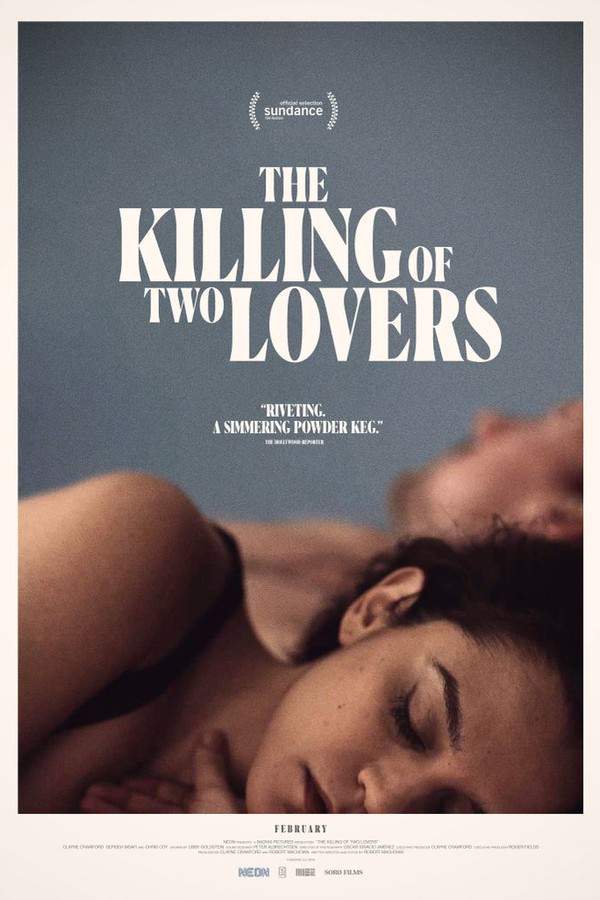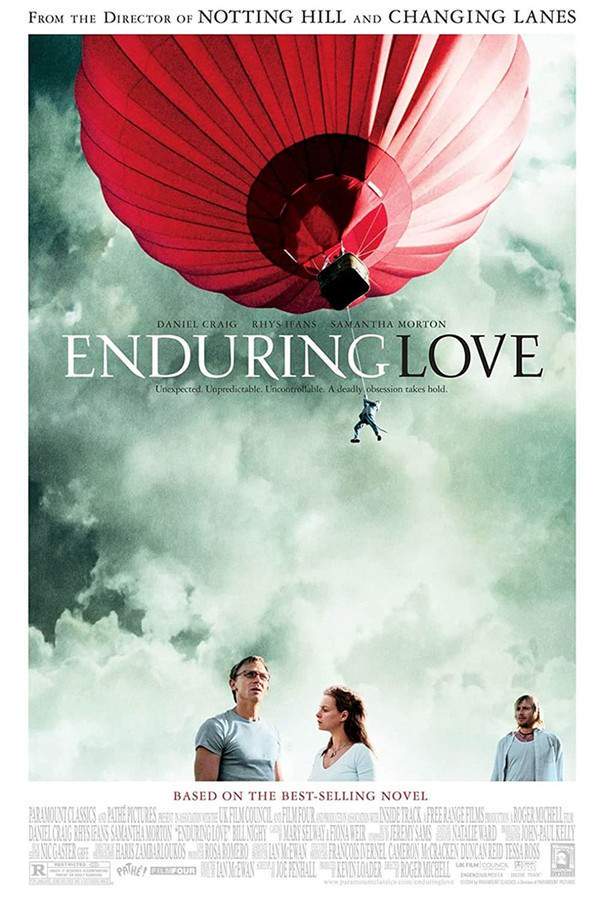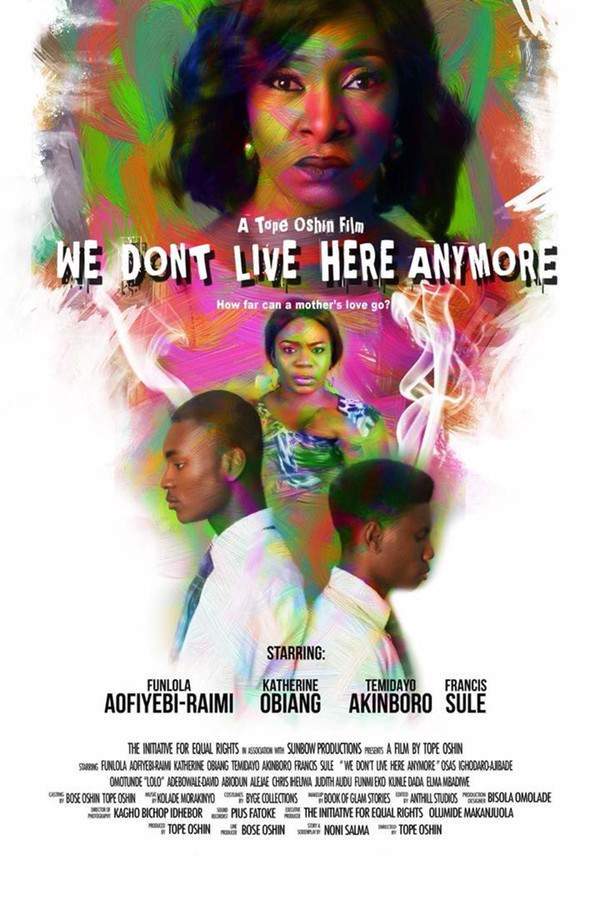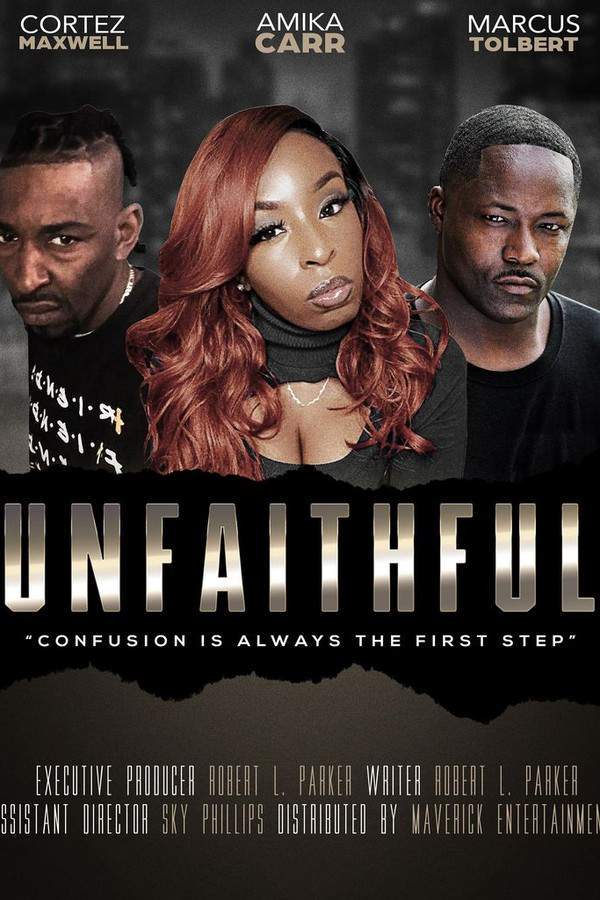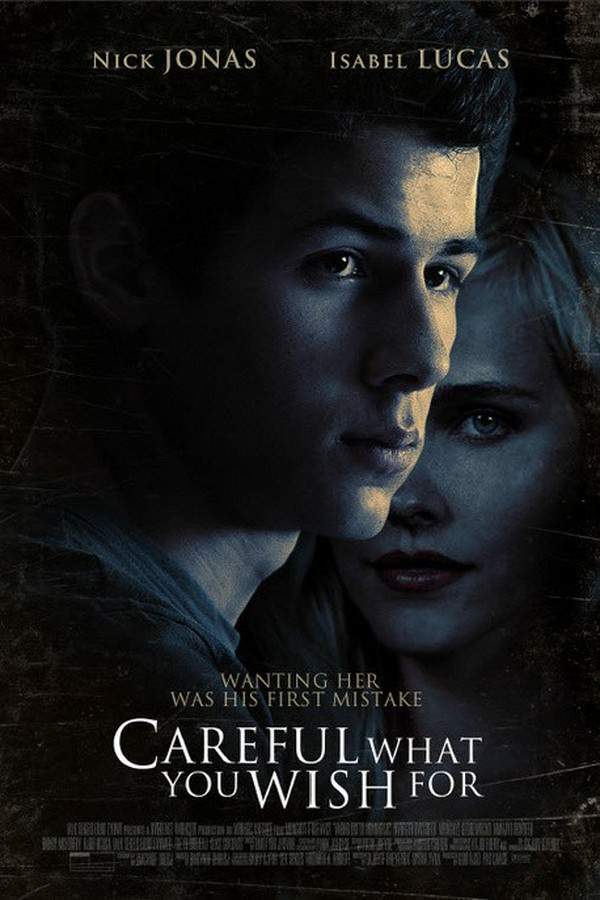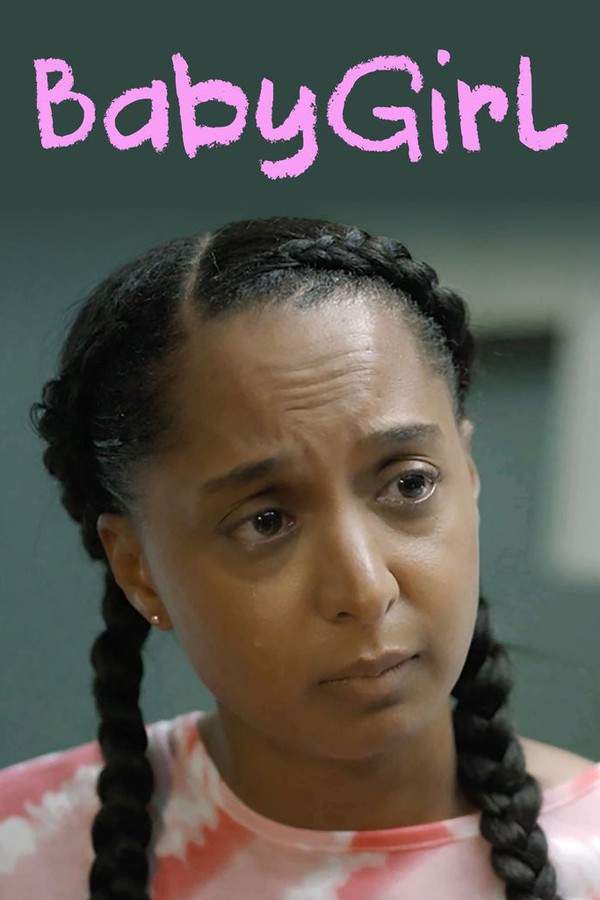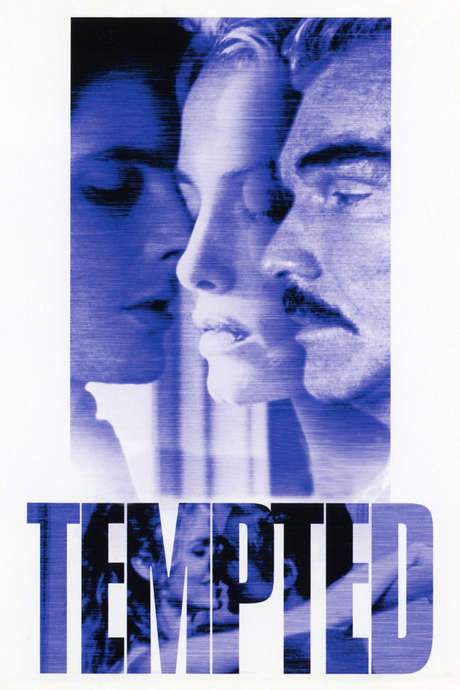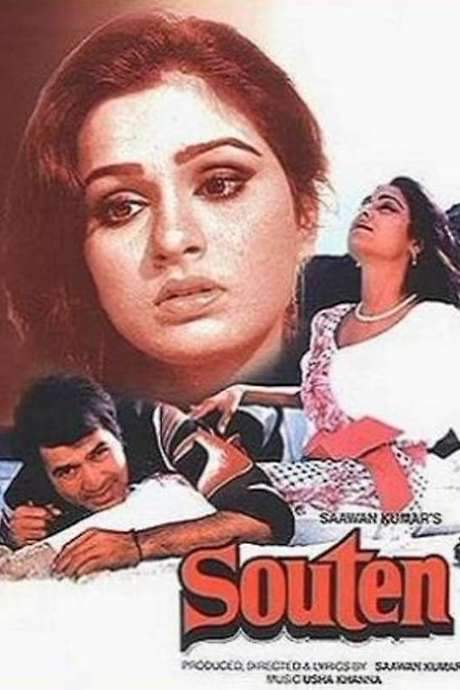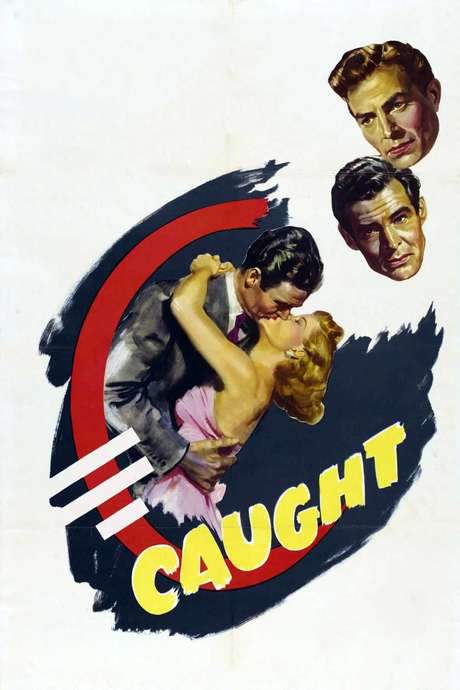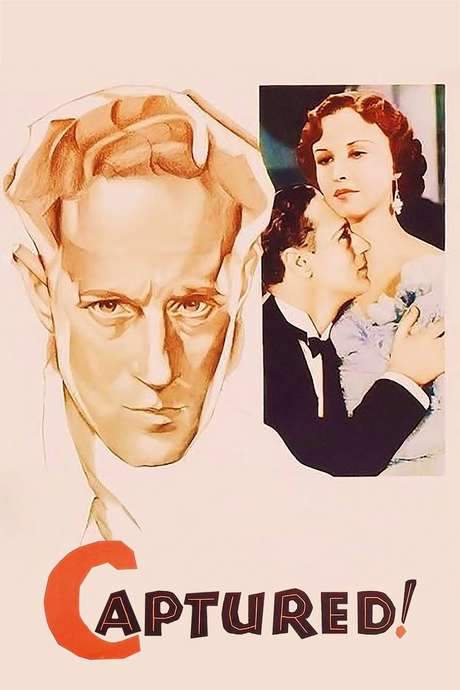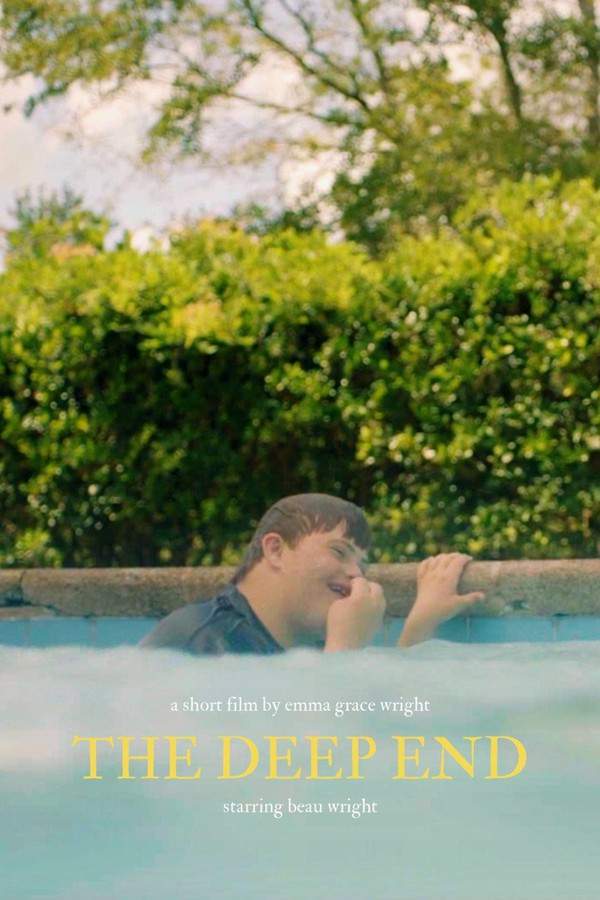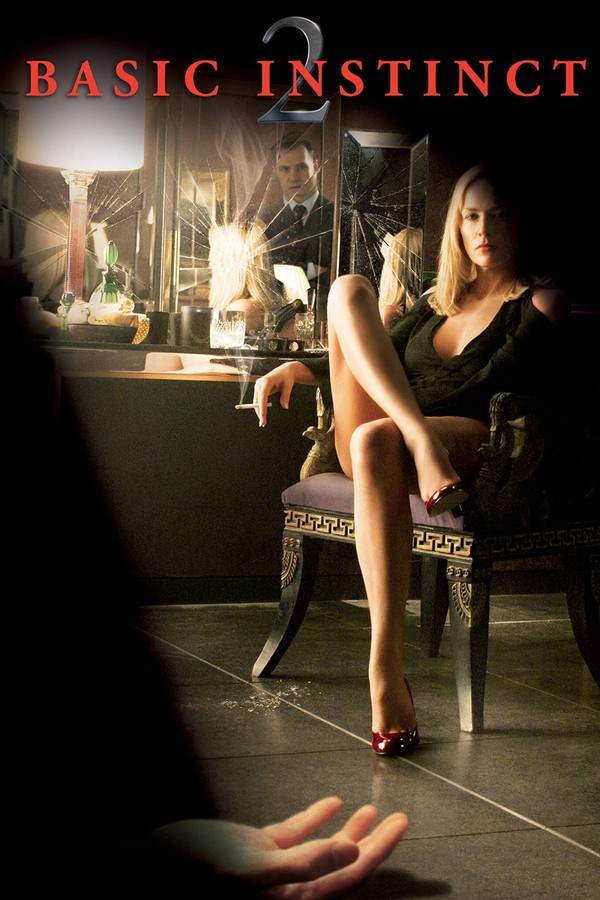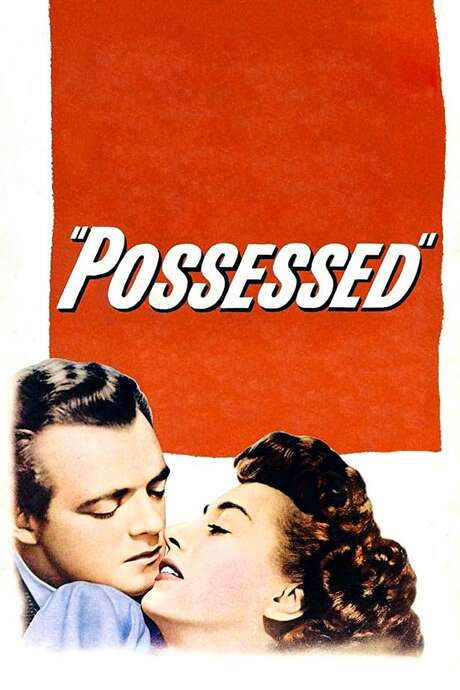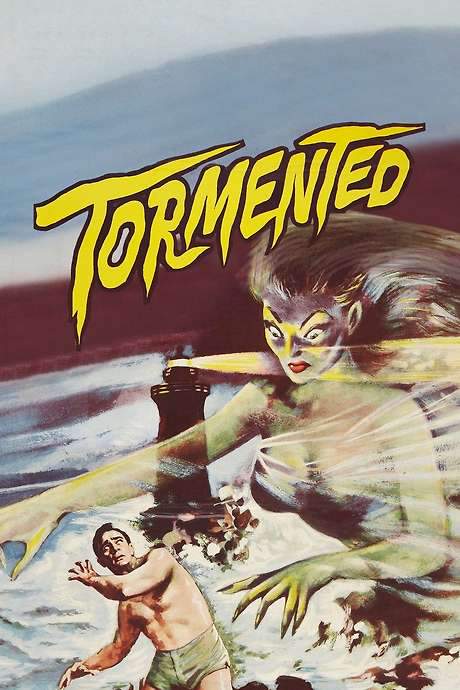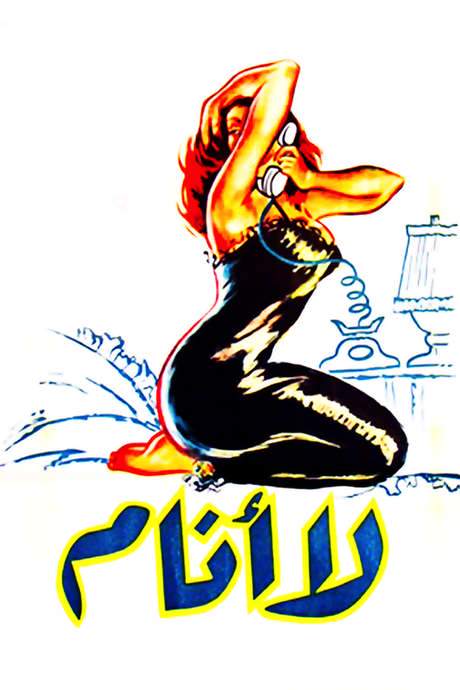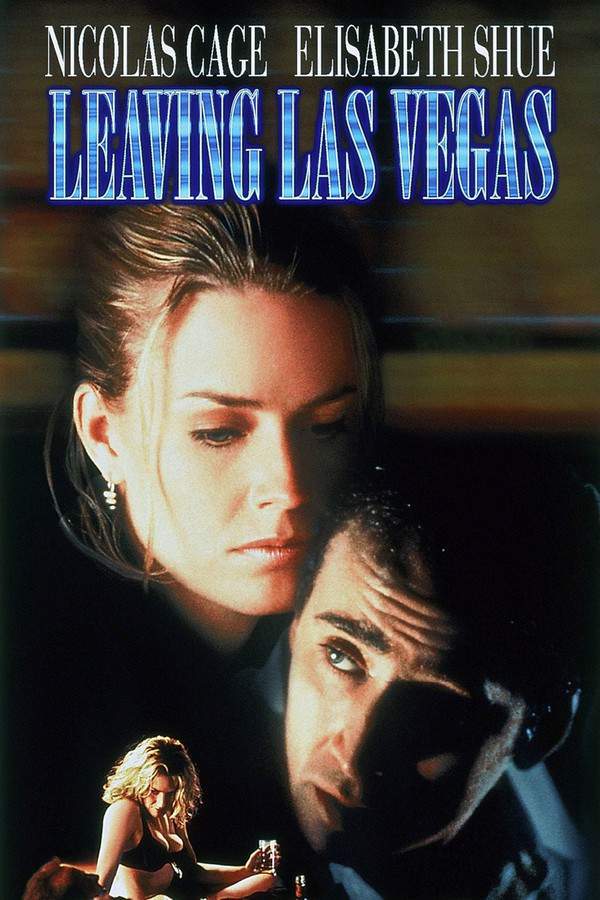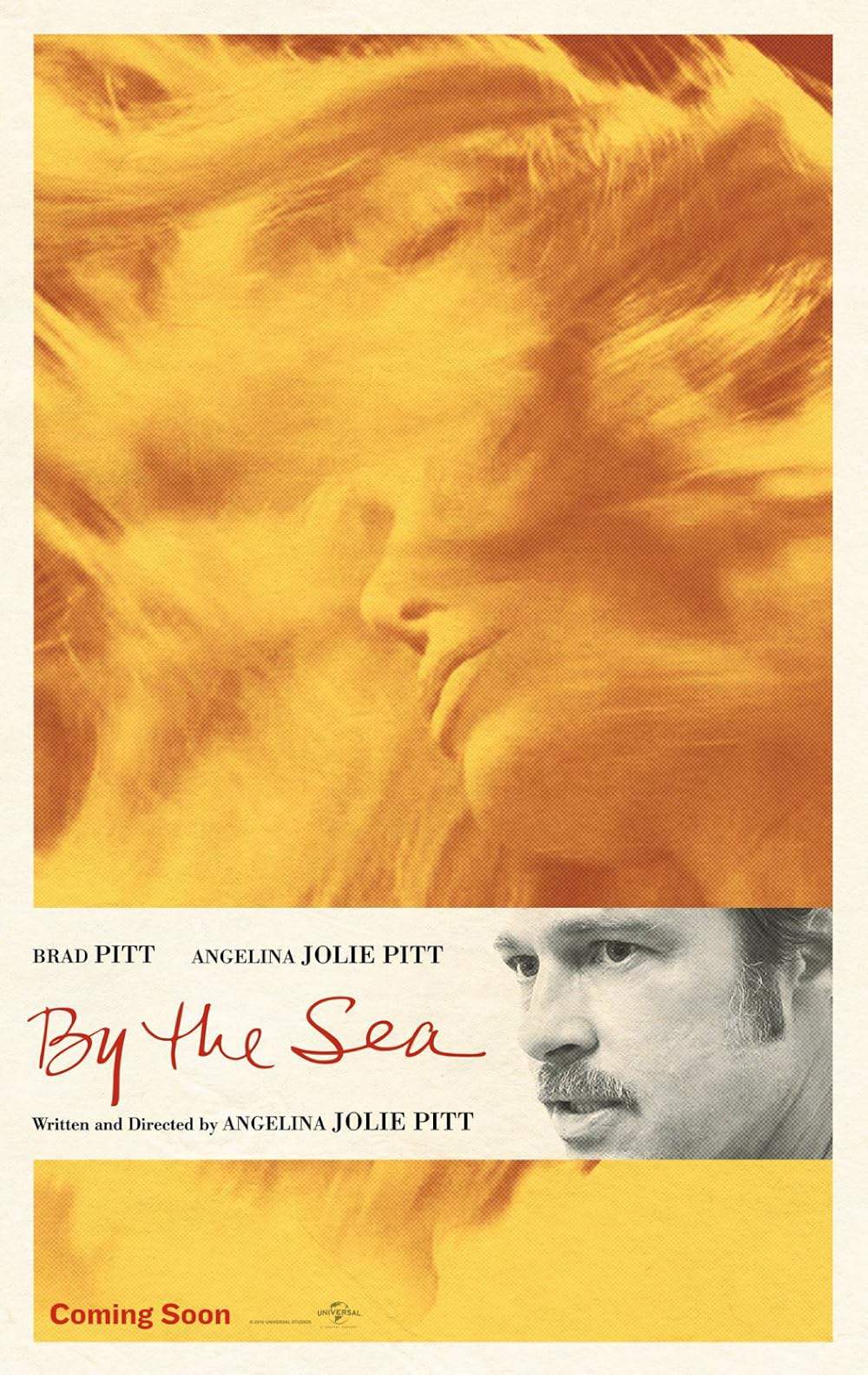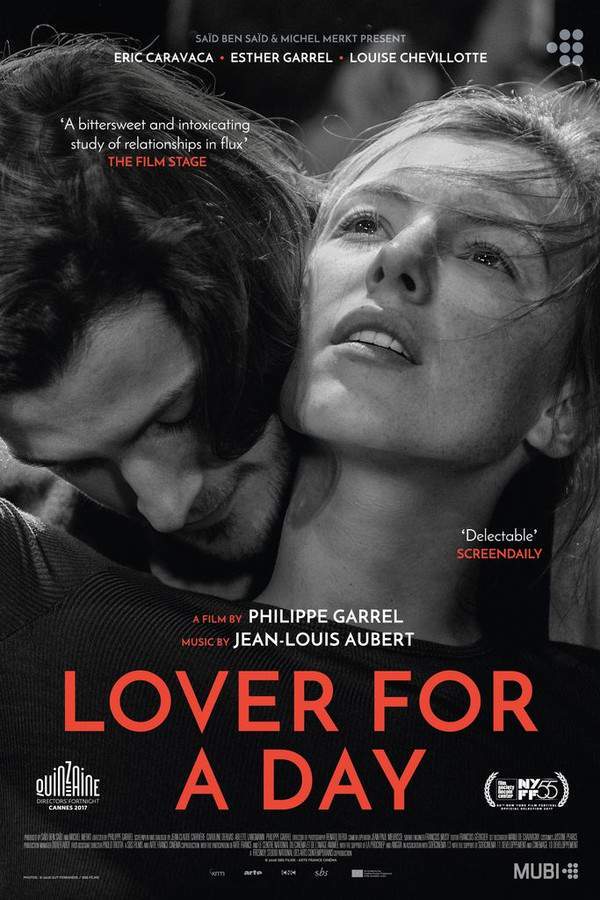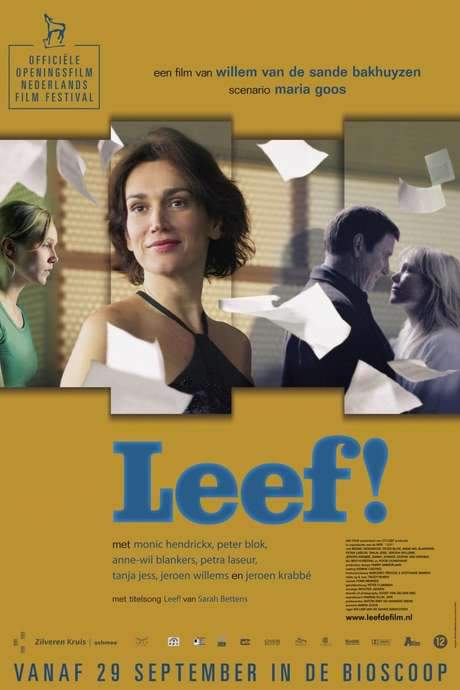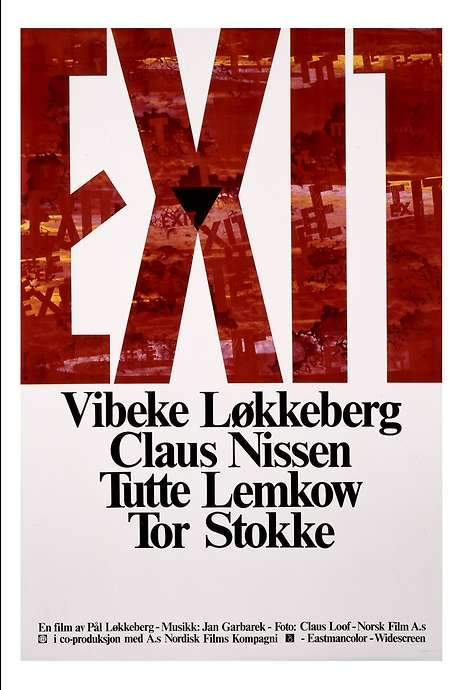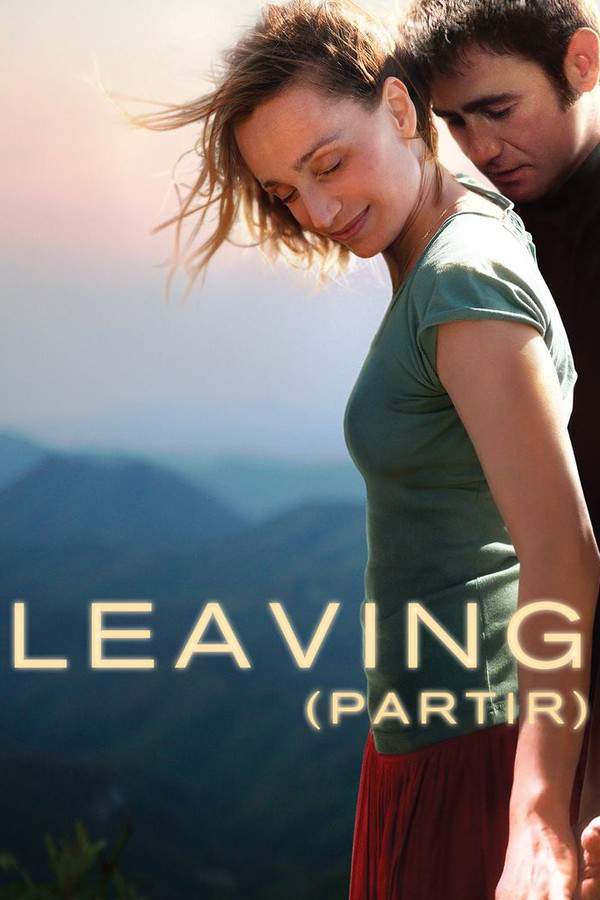
Leaving
Year: 2010
Runtime: 85 min
Language: French
Director: Catherine Corsini
In the south of France, Suzanne finds her marriage and routine life suffocating, leading her to a passionate affair with Ivan, a charming former convict working on their property. Their relationship intensifies, fueled by forbidden desire, but complicated by guilt and the fear of exposure. As buried secrets begin to surface, the consequences threaten to unravel everything.
Warning: spoilers below!
Haven’t seen Leaving yet? This summary contains major spoilers. Bookmark the page, watch the movie, and come back for the full breakdown. If you're ready, scroll on and relive the story!
Leaving (2010) – Full Plot Summary & Ending Explained
Read the complete plot breakdown of Leaving (2010), including all key story events, major twists, and the ending explained in detail. Discover what really happened—and what it all means.
There have been countless adaptations of D.H. Lawrence’s Lady Chatterley’s Lover over the past eight decades, to the point where it has nearly become its own genre. Yet, few interpretations have effectively captured Lawrence’s exploration of the psychological necessity to unify mind and body into a single life force as well as Catherine Corsini’s Leaving.
In this film, we follow Suzanne, portrayed by Kristin Scott-Thomas, an English woman yearning to free herself from her French husband, Samuel, played by Yvan Attal. Her desire for emancipation intensifies after entering into a passionate entanglement with Ivan, an ex-convict portrayed by Sergi López, who is hired to construct an office for her physiotherapy practice in the backyard of their affluent estate. Samuel employs every tactic available to him—from cutting off her financial resources to threatening imprisonment for her lover—in a desperate attempt to confine her to their home until Suzanne ultimately realizes there is but one path to freedom.
Both Corsini and Scott-Thomas deserve commendation for transforming what could easily be regarded as a worn-out narrative into a striking film that simultaneously champions erotic self-discovery and critiques patriarchal dominance. Corsini’s knack for precision shines through in her script and direction. The film’s portrayal of the couple’s first kiss is a masterful moment captured in a long shot from an ambiguous angle, prompting the audience to ponder whether anything significant transpired. The scene then transitions to a car ride; viewers anticipate dialogue addressing the kiss, yet it never materializes, and we see Suzanne next in bed with her husband—reading, seemingly unable to find solace in sleep.
Scott-Thomas delivers a performance marked by exacting physicality. At the beginning of the film, she presents as a collection of limbs lacking cohesion, observing her own body with a curious sense of wonder. Her initial encounter with Ivan unfolds through a kind of paralyzed clinginess, akin to a lifeless battery recharging itself. Before she attains the ultimate balance between body and mind, a transformation occurs that leads her husband to accurately yet derogatorily label her as a “bitch in heat.”
Samuel’s wrath over Suzanne’s betrayal erupts with the incredulous fury of a factory owner facing a strike from his workers. “You are my wife!” he bellows, reducing her to mere ownership devoid of personal identity. The once civility between the estranged couple shatters, giving way to a fierce battle born from their broken marriage.
By transgressing both class boundaries and the traditional limits of sexual loyalty, Suzanne forfeits her bourgeois comforts and becomes ensnared in the relentless economic oppression wielded by those who control the strings of finance—from banks to the justice system. Ultimately, the lovers emerge as fugitives, reveling in the abundance of the natural world, while the faint wails of police sirens serve as a haunting reminder of Raymond Chandler’s adage: you can bid farewell to just about anything, except the authorities.
Last Updated: November 04, 2024 at 01:35
Explore Movie Threads
Discover curated groups of movies connected by mood, themes, and story style. Browse collections built around emotion, atmosphere, and narrative focus to easily find films that match what you feel like watching right now.
Movies about suffocating marriages and escape like Leaving
Intense stories of breaking free from oppressive relationships through passion.If you were captivated by the tense drama of Leaving, explore these movies about marital crisis and desperate escapes. These films share a similar vibe of oppressive relationships, intense emotional weight, and characters seeking freedom through forbidden passion, often with bittersweet outcomes.
Narrative Summary
Stories in this thread typically follow a linear character arc from entrapment to rebellion. A protagonist, stifled by domestic routine and psychological or financial control, finds an illicit outlet for passion and self-discovery. This awakening fuels a chain of confrontations, secrets, and sacrifices, culminating in an escape that is both a victory and a profound loss.
Why These Movies?
These movies are grouped by their shared focus on the psychological battle within a marriage, the intensity of forbidden desire as a catalyst for change, and the heavy emotional consequences of choosing personal freedom over security. They deliver a consistent experience of tension, passion, and melancholic resolution.
Movies with slow burn erotic tension like Leaving
Where simmering desire fuels a tense and claustrophobic character study.For viewers who appreciated the steady build of passion and dread in Leaving, this collection highlights similar movies with intense erotic tension. These films share a methodical pacing, a tense and oppressive mood, and explore the heavy psychological consequences of sexual awakening and forbidden love.
Narrative Summary
The narrative pattern involves a gradual, methodical build-up of erotic tension within a restrictive environment. The affair or attraction serves as the central catalyst, but the real conflict is psychological, pitting desire against guilt, societal norms, or a powerful antagonist. The plot unfolds through key intimate moments and escalating confrontations, leading to an emotionally charged, often ambiguous or bittersweet, conclusion.
Why These Movies?
These films are connected by their unique blend of steamy romance and psychological thriller elements. They share a specific mood mix: passionate yet tense, erotic yet claustrophobic. The similarity lies in the viewing experience—a steady, gripping unraveling of characters driven by desire into morally complex and dangerous territory.
Unlock the Full Story of Leaving
Don't stop at just watching — explore Leaving in full detail. From the complete plot summary and scene-by-scene timeline to character breakdowns, thematic analysis, and a deep dive into the ending — every page helps you truly understand what Leaving is all about. Plus, discover what's next after the movie.
Leaving Timeline
Track the full timeline of Leaving with every major event arranged chronologically. Perfect for decoding non-linear storytelling, flashbacks, or parallel narratives with a clear scene-by-scene breakdown.

Characters, Settings & Themes in Leaving
Discover the characters, locations, and core themes that shape Leaving. Get insights into symbolic elements, setting significance, and deeper narrative meaning — ideal for thematic analysis and movie breakdowns.

Leaving Spoiler-Free Summary
Get a quick, spoiler-free overview of Leaving that covers the main plot points and key details without revealing any major twists or spoilers. Perfect for those who want to know what to expect before diving in.

More About Leaving
Visit What's After the Movie to explore more about Leaving: box office results, cast and crew info, production details, post-credit scenes, and external links — all in one place for movie fans and researchers.

Similar Movies to Leaving
Discover movies like Leaving that share similar genres, themes, and storytelling elements. Whether you’re drawn to the atmosphere, character arcs, or plot structure, these curated recommendations will help you explore more films you’ll love.
Explore More About Movie Leaving
Leaving (2010) Scene-by-Scene Movie Timeline
Leaving (2010) Movie Characters, Themes & Settings
Leaving (2010) Spoiler-Free Summary & Key Flow
Movies Like Leaving – Similar Titles You’ll Enjoy
Leaving Las Vegas (1995) Film Overview & Timeline
By the Sea (2015) Movie Recap & Themes
Lover for a Day (2018) Film Overview & Timeline
Unfaithful (2002) Complete Plot Breakdown
In Secret (2014) Story Summary & Characters
Leave It to Lucie! (2000) Film Overview & Timeline
The Affair (2004) Story Summary & Characters
Leaving Metropolis (2002) Film Overview & Timeline
Feelings (2003) Spoiler-Packed Plot Recap
The Art of Breaking Up (2005) Ending Explained & Film Insights
Leef! (2005) Full Movie Breakdown
Exit (1970) Ending Explained & Film Insights
Why Not! (1977) Plot Summary & Ending Explained
Leave Her to Heaven (1945) Movie Recap & Themes
Out of Control (2024) Movie Recap & Themes

